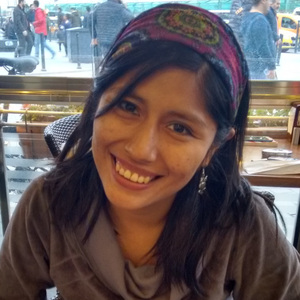Having a personal website is a great way to share our experiences with other people, that also allows us to improve our communication skills and expand our networking groups. Besides, if the website is multilingual, the scope will be extended considerably by facilitating the exchange of ideas. I will give the key steps, some tips, and important considerations to bear in mind when creating a multilingual website using Blogdown, Hugo, and Netlify. Although having a multilingual website demands more effort, R enables us to build a website easily and keep it updated. I aim to help and encourage others to build their website to promote exchange experiences among people from different native languages.

Pamela E. Pairo is a Ph.D. in Biological Sciences of the University of Buenos Aires, with expertise in community ecology. One of her research lines focuses on analyzing the impact of human activities on the diversity and composition of biological communities with particular interest in arthropods. In addition, she is interested in studying the spatio-temporal patterns of dengue disease in Argentina. She also is a teaching assistant in statistics at the Argentine University of Enterprise (UADE).